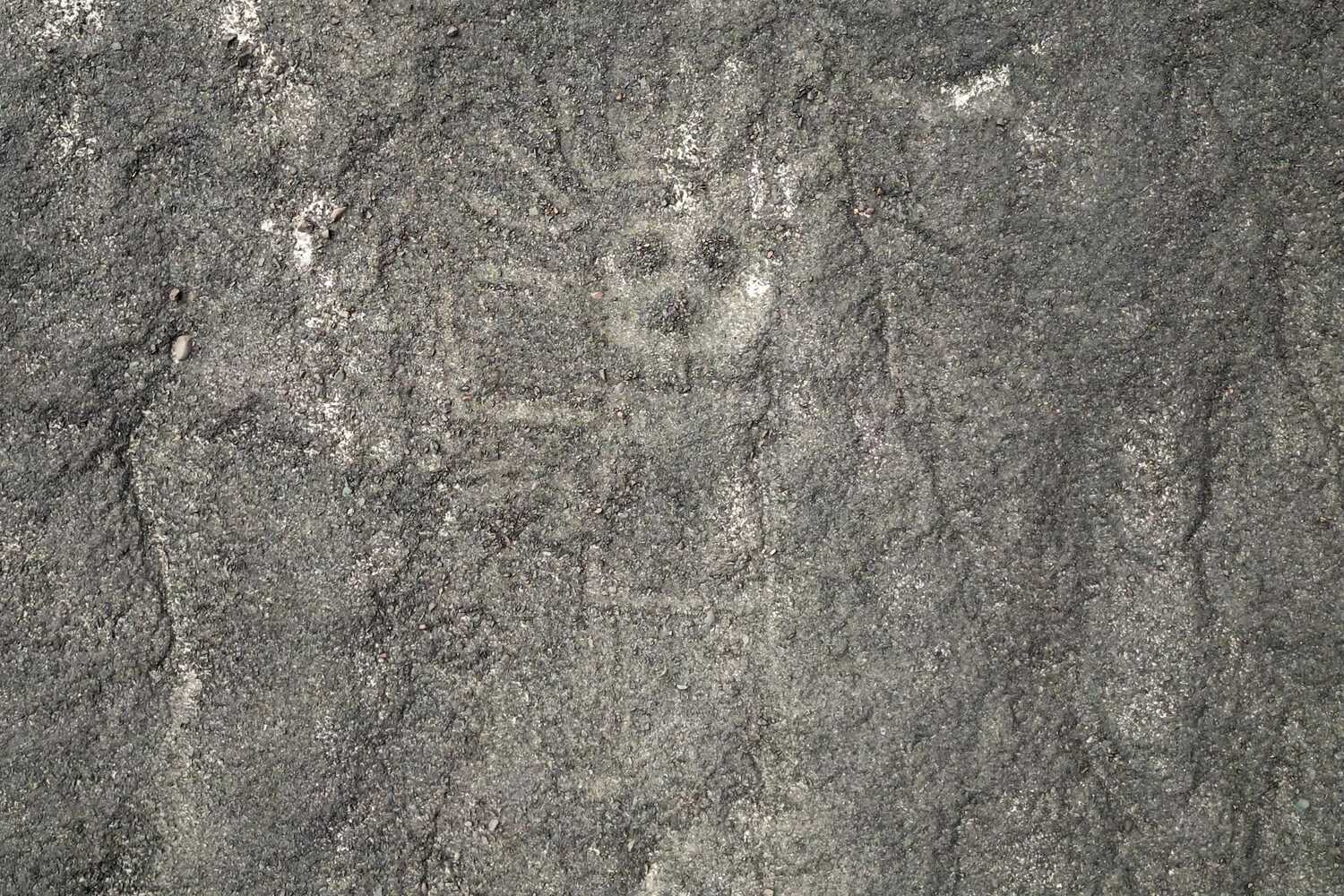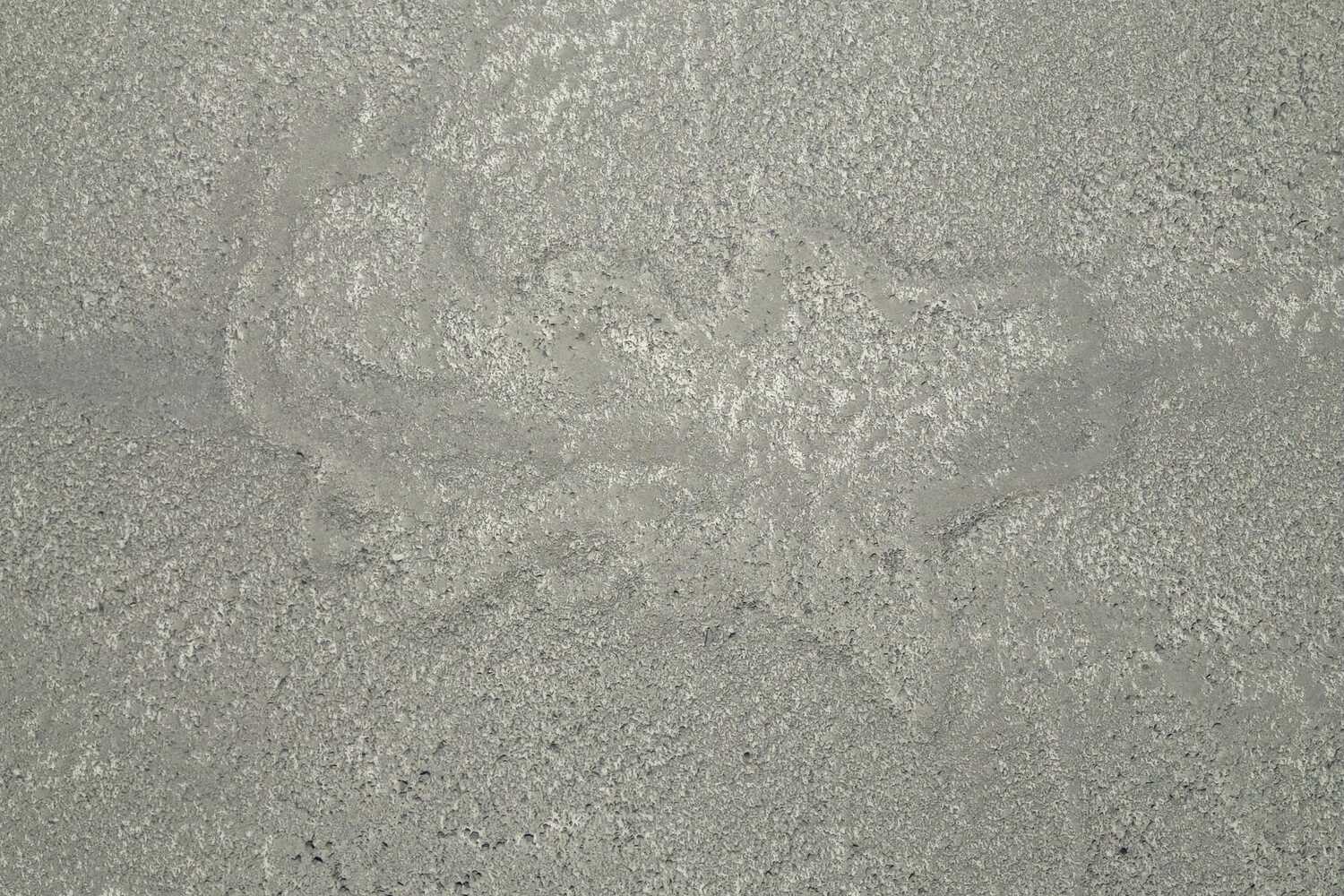Gouged into a barren stretch of pampa in southern Peru, the Nazca Lines are one of archaeology’s most perplexing mysteries. On the floor of the coastal desert, the shallow markings look like simple furrows. But from the air, hundreds of feet up, they morph into trapezoids, spirals and zigzags in some locations, and stylized hummingbirds and spiders in others. There is even a cat with the tail of a fish. Thousands of lines jump cliffs and traverse ravines without changing course; the longest is bullet-straight and extends for more than 15 miles.
The vast incisions were brought to the world’s attention in the mid-1920s by a Peruvian scientist who spotted them while hiking through the Nazca foothills. Over the next decade, commercial pilots passing over the region revealed the enormousness of the artwork, which is believed to have been created from 200 B.C. to 700 A.D. by a civilization that predated the Inca.
“It took nearly a century to discover a total of 430 figurative geoglyphs,” said Masato Sakai, an archaeologist at Yamagata University in Japan who has studied the lines for 30 years.
Dr. Sakai is the lead author of a survey published in September in the Proceedings of the National Academy of Sciences that found 303 previously uncharted geoglyphs in only six months, almost doubling the number that had been mapped as of 2020. The researchers used artificial intelligence in tandem with low-flying drones that covered some 243 square miles. Their conclusions also provided insights into the symbols’ enigmatic purpose.

